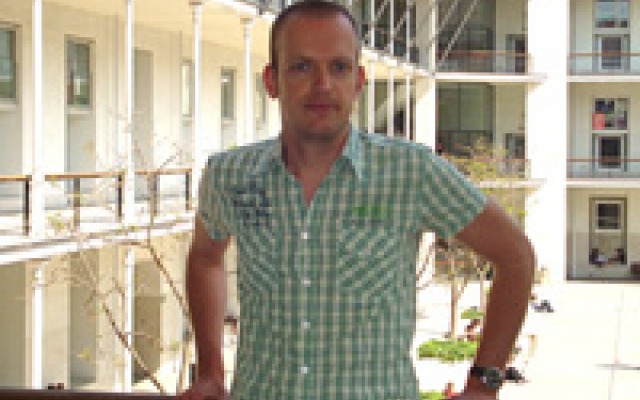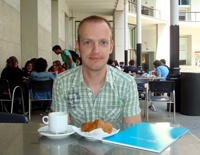research
Financial Times Features Research By UPF PhD Student

Peter Koudijs is a third year PhD student in the UPF GPEFM program, one of the reference doctoral programs of the GSE. His research was recently featured in the FT’s ‘Undercover Economist’ column, written by Tim Harford (Read “How markets keep abreast of the news”). Koudijs explores whether markets react efficiently to news, using a unique, hand-collected dataset that is more than 200 years old.
In his study, titled "The boats that did not sail : Evidence on the sources of asset price volatility from an 18th century natural experiment", he examines the prices of three English stocks-- the East India Company, the Bank of England and the South Sea Company—that were being traded in Amsterdam during the period 1771 to 1777.
In those days, news from England was delivered via “packet boat” from Harwich to the Dutch harbor of Hellevoetsluys. A small, fast vessel, it would sail two times a week with letters, packages, and news between the Netherlands and England. The North Sea often sees violent storms, especially in the winter months. In many cases, boats would arrive late, sometimes not reaching their destination for over a week or more. In the event that no boats arrived, the Amsterdam market had to operate blindly, without information about the stocks’ price in London.
For Peter Koudijs, this created the ideal environment to test what role news placed in the formation of prices. When ships arrived, the Amsterdam market quickly incorporated the information in share prices. However, when no packet boat carrying news arrived, price changes must have been driven by the trading process itself. The study reveals that prices fluctuated massively in periods without any news from England – almost as much (about 65%) as during periods when news arrived.

Peter Koudijs at the cafeteria of the Ciutadella campus, where he studies and researches
Koudijs designed the study to isolate and measure the effects of fundamental information on short run asset price volatility. He came up with the idea while discussing ways to measure the effect of new information on asset price volatility with his advisor, Joachim Voth. In their discussion, they hit on the idea that weather might be a great source of external variation for the arrival of news. Koudijs says, “A while after our discussion I was reading Larry Neal’s book The Rise of Global Capitalism. Neal discusses the integration of the Dutch and English capital markets in the 18th century, and I thought there should be a way to use the limited information flow during that time to my advantage.”
According to Koudijs, this indicates that the trading process itself is very important in determining asset price volatility. Factors unrelated to the fundamental value of these shares play a large role in the short-term movement of asset prices. These findings question the efficiency of equity markets, and point to the fact that trading itself may be driving up volatility.
Peter Koudijs studied economics and history at the University of Utrecht in the Netherlands, graduating in 2005 with Honors for his master's thesis: Shadows of Gold: currency crises during the Classical Gold Standard Period, 1880-1913. In 2005 he entered the UPF Master in Economics, now organized by the BSE, also graduating with Honors.
Since 2006, Koudijs has been pursuing a PhD at the Economics Department, UPF, where he is supervised by Joachim Voth. UPF is a supporting academic institution of the BSE.
